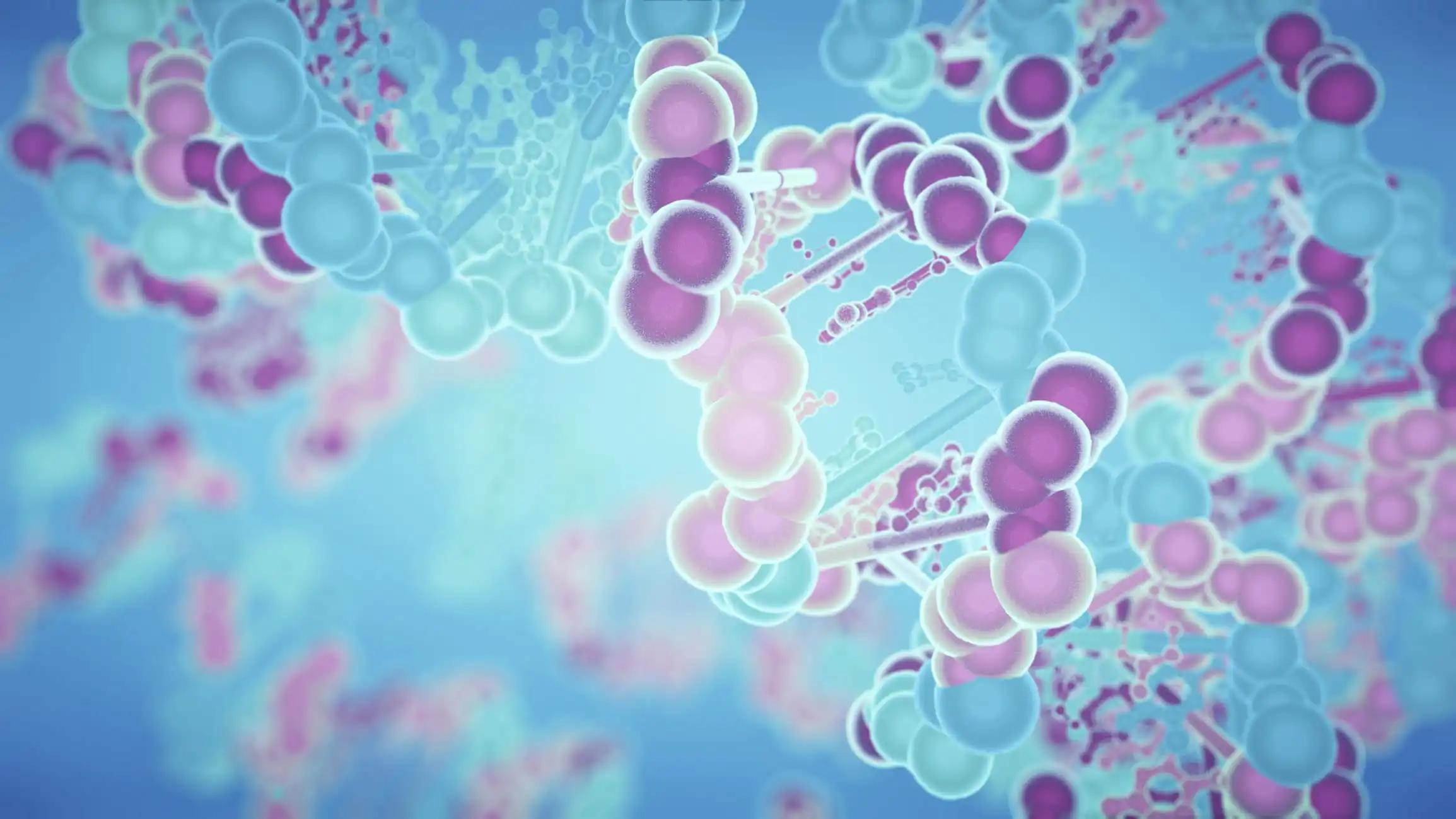KEY TAKEAWAYS
- The HD21 phase 3 trial aimed to demonstrate BrECADD’s superiority over BEACOPP in TRMB and non-inferiority in PFS for AS-cHL.
- The co-primary endpoints included TRMB and PFS.
- The results revealed BrECADD’s superiority over BEACOPP, with unprecedentedly high 4-year PFS, setting a new treatment benchmark.
Peter Borchmann and the team aimed to evaluate whether the novel BrECADD regimen (brentuximab vedotin, etoposide, cyclophosphamide, doxorubicin, dacarbazine, dexamethasone) guided by positron emission tomography after two cycles (PET2) could improve treatment outcomes for advanced-stage classical Hodgkin lymphoma (AS-cHL).
Specifically, the HD21 trial sought to demonstrate BrECADD’s superiority over the intensified BEACOPP regimen (bleomycin, etoposide, doxorubicin, cyclophosphamide, vincristine, procarbazine, prednisone) in terms of treatment-related morbidity (TRMB) and its non-inferiority in terms of progression-free survival (PFS). This report presents the final confirmatory analysis of the HD21 trial.
The study was an international, open-label, randomized phase III trial (HD21) involving patients aged 18-60 years diagnosed with AS-cHL. Participants were randomized to receive either 4 or 6 cycles of BEACOPP or BrECADD, guided by positron emission tomography results after 2 cycles (PET2).
The co-primary endpoints were TRMB and PFS, both of which were successfully established. The trial planned for superiority testing with a mature follow-up of four years, requiring an adjusted alpha level of 0.047 to cross the efficacy boundary for superiority. It was conducted in accordance with ICH-GCP.
The results revealed that the intention-to-treat (ITT) cohort for efficacy analysis included 1,482 individuals, with 742 randomized to receive BrECADD and 740 to BEACOPP. The median age was 31.1 years (range 18 to 60), and 44% were female. PET2 was negative in 424 (57.5%) BrECADD recipients and 426 (58.2%) BEACOPP recipients, who were then scheduled for 4 treatment cycles. With a median follow-up of 48 months, the 4-year progression-free survival (PFS) was 94.3% for BrECADD (95%-CI 92.6-96.1) and 90.9% for BEACOPP (95%-CI 88.7-93.1). The hazard ratio was 0.66 [95% CI 0.45-0.97], P=0.035).
The PFS benefit of BrECADD was attributed to a reduction in early treatment failures, such as primary progression within 3 months (5 vs. 15) or early relapse between months 3 and 12 (11 vs. 23), and was consistent across all subgroups. PET2-negative individuals in the BrECADD group showed a 4-year PFS of 96.5%.
The 4-year overall survival (OS) was 98.5% for BrECADD and 98.2% for BEACOPP. Analyses of gonadal function demonstrated significantly higher follicle-stimulating hormone recovery rates after one year in both men (67% vs. 24%) and women (89% vs. 68%), with higher birth rates in the BrECADD group (n=60 vs. n=43).
The study concluded that BrECADD is significantly more effective than BEACOPP. It demonstrates an unprecedentedly high 4-year PFS and reduces the risk of progression, relapse, or death by a third. With an abbreviated treatment duration of only 3 months for most individuals and favorable tolerability, PET2-guided BrECADD sets a new benchmark for treating adults with AS-cHL.
The trial was sponsored by the University of Cologne.
Source: https://meetings.asco.org/abstracts-presentations/231057
Clinical Trial: https://clinicaltrials.gov/study/NCT02661503
Borchmann P, Moccia AA, Greil R, et al. (2024). “Tolerability and efficacy of BrECADD versus BEACOPP in advanced stage classical Hodgkin lymphoma: GHSG HD21, a randomized study.” Presented at ASCO 2024, J Clin Oncol 42, 2024 (suppl 17; abstr LBA7000), DOI: 10.1200/JCO.2024.42.17_suppl.LBA7000 (LBA7000)



